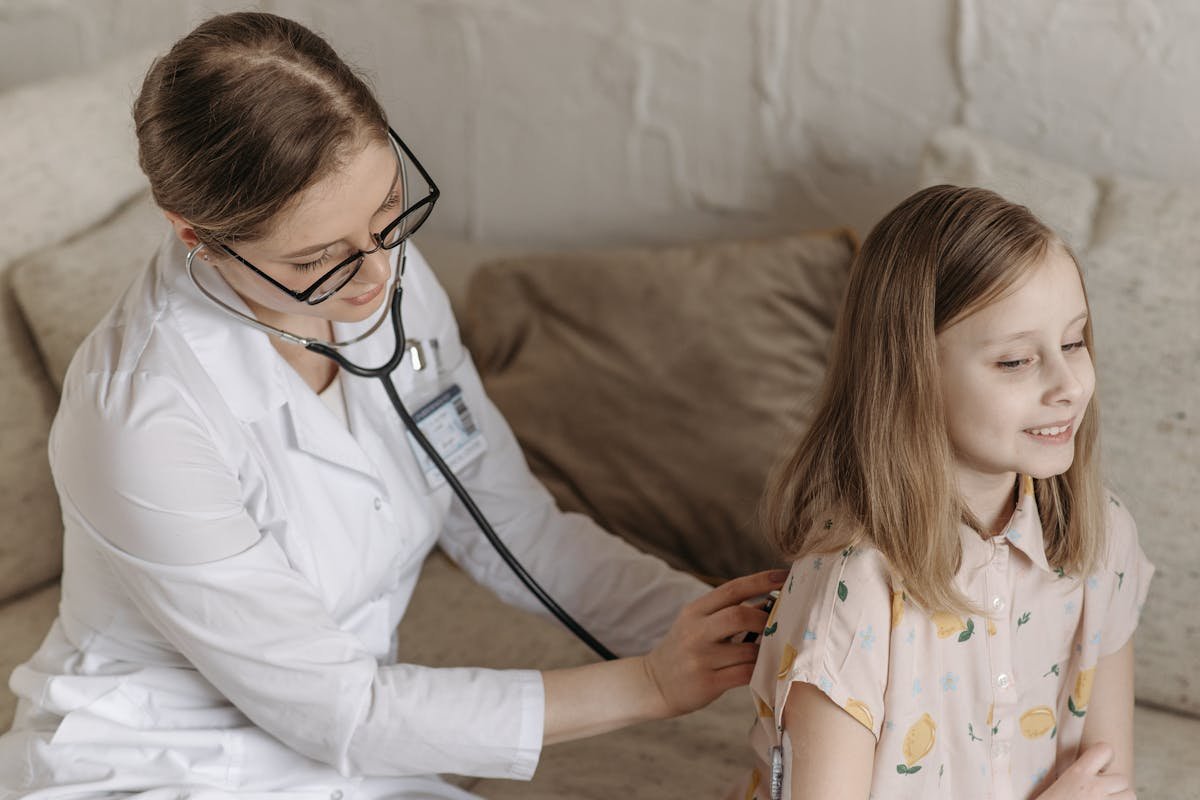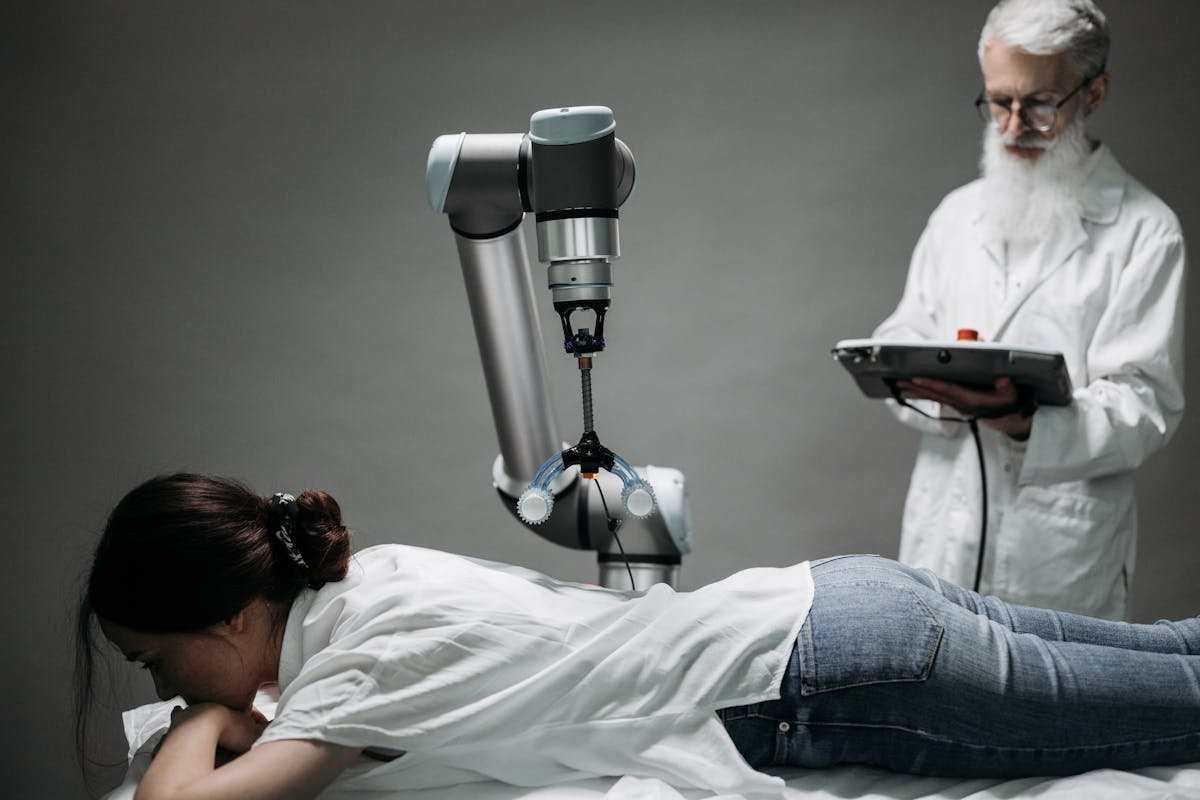Children's check-up: 7 routine exams that children should do
Healthcare / Date: 05-16-2025

Anyone who thinks that routine check-ups should only be performed by adults or the elderly is mistaken . Children, especially those under the age of five, should undergo a series of exams and consultations throughout their first years of life. In this article, you will find out which exams are necessary for a child's check-up.
In a previous article, we already mentioned some fundamental steps on how to prevent some of the most common childhood diseases . Keeping vaccinations up to date, eliminating the causes of allergies and adopting good hygiene habits are basic recommendations, but some exams followed by visits to the doctor also need to be considered.
Here we list the 7 exams that are part of a pediatric check-up and that children need to take in the first five years of life. If you forgot to take your child to any of them, take advantage of the opportunity today and schedule your appointment.
1. Basic heel prick test

The heel prick test is a routine that must be carried out on newborns while they remain at the maternity ward, within the first 48 hours after birth. It is a core test for a kid's check-up. It serves to identify potential conditions like congenital hypothyroidism, cystic fibrosis, blood disorders and phenylketonuria. It's really simple: a tiny sample of blood is drawn from the heel.
2. Advanced heel prick test
Although it is not required, the advanced heel prick test is a more thorough version of the first one and is strongly advised. It is used to diagnose more than 30 diseases, as well as metabolic and genetic problems. This test must be performed in the maternity ward, within the first 48 hours of the child's life.
3. Blood typing
Another simple but extremely important test is blood typing. As the name suggests, it is used to determine the child's blood type, which is essential information in case of medical emergencies. This test is also performed in the maternity ward during the first two days of the child's life.
4. Ear test
The so-called “ear test” is used to diagnose whether a child is deaf or not. While still in the maternity ward, a device similar to headphones is placed on the child and stimuli are sent by the pediatrician. If the child does not respond adequately to these stimuli, it is possible that the child may show signs of deafness or hearing problems.
Eye test
The eye test is essential to diagnose eye problems in the child, especially those that can cause blindness. While still in the maternity ward, the child is placed in front of a beam of light. If the eyes are healthy, they will reflect a reddish light. It is not a mandatory test, but it is highly recommended.
5. Heart test
This is another non-mandatory test, but its importance is growing. The heart test allows the assessment of blood oxygenation (using an oximeter) in two of the child's limbs. If there are significant differences in the results of both, this is a sign that there may be a more serious problem and additional tests may be requested if necessary.
6. Hip test
The hip test is the final but not the least. This is also not mandatory, but it is recommended that you have your child take it. In addition to diagnosing possible hip problems, such as muscle shortening, it can be the first step in preventing other physical conditions.
7. Additional tests that must be carried out up to five years of age
In addition to the tests mentioned above, the Society of Pediatrics also recommends a set of tests that, although not mandatory, are essential in preventing dozens of diseases. The list includes the following:
- Urine test ;
- Parasitological examination of feces;
- Creatinine and urea test;
- Blood glucose and insulin;
- Complete blood count ;
- Hepatogram;
- Lipid profile;
- Hepatitis Antibodies;
- Intolerance and allergy tests.
Follow Us
Newsletter
Subscribe to our newsletter to stay updated with our latest news and offers.
We respect your privacy.Trending










